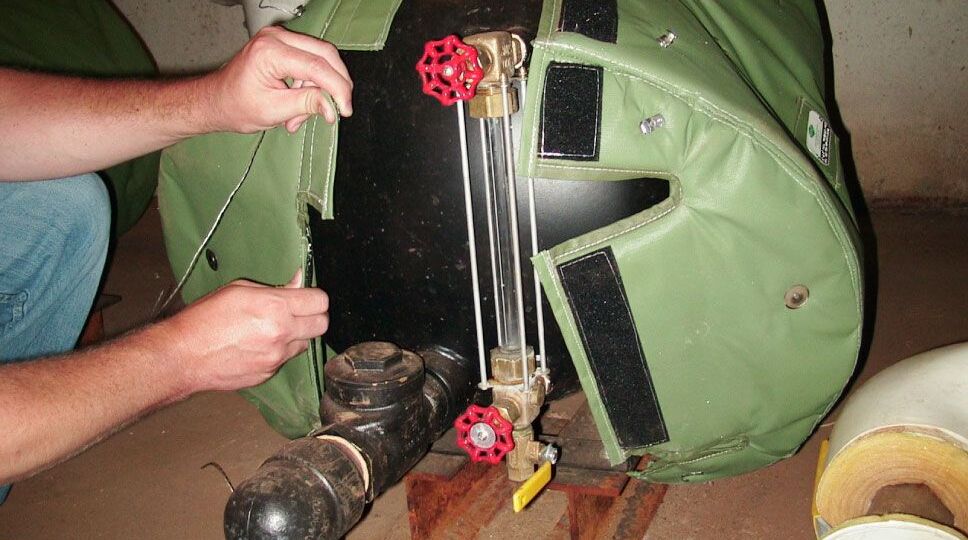Facility, plant and energy managers can apply removable, reusable insulation blankets in such a wide variety of different situations – even within a single facility.
“It could be a below-ambient temperature condition, like a chilled water application, where the jacketing material has to be non-porous,” said Frank Kovacs, president and chief executive officer of Shannon. “Meanwhile, in a steam application, the jacketing material would be subjected to steam temperature and pressure.”
These vastly different operating conditions mean removable, reusable insulation blankets have to be designed with each scenario in mind. If the wrong type of reusable insulation blanket material is used for an application, the customer risks the failure of the product before the end of its service life. Worse, improperly designed blankets can let in moisture and hold it close to the components, creating possible conditions for corrosion under insulation, or CUI. This corrosion could ultimately result in the failure of the entire component, which, depending on the industry, could be catastrophic.
The temperature of the components a manager insulates is key to the blanket’s design. A blanket insulating a 400°F steam pipe will have different jacketing materials than one designed for a chilled water application, where components tend to accumulate condensed water on the surface. A blanket designed with fire protection in mind will have even more rigorous temperature standards.
In outdoor applications, weather conditions are critical factors to consider. The materials used in an outdoor blanket have to meet ultraviolet (UV) radiation standards, as prolonged exposure to UV can degrade its external components, like the jacketing, stitching, and fasteners. Extreme weather, like snow, rain, and high winds, can also impact which blanket design is the best fit. Some more niche settings, like offshore oil rig applications, need to withstand salt water conditions.
“In each of these scenarios, the proper jacketing selection is critical in producing a blanket system that can withstand these outdoor conditions,” said Kovacs. “If not selecting the right specification designs based on those conditions, the customer may experience a premature failure.”
While finding the right kind of acoustic and thermal insulation from so many options may seem daunting, Shannon has a way to streamline the selection process.
“With our website’s specification matrix, a facility or energy manager can connect the right spec for the direct application,” said Kovacs. “There are thermal and acoustic reusable insulation blanket designs specific to those individual service conditions, so by selecting that blanket design, you are selecting the proper blanket design based on specification.”

